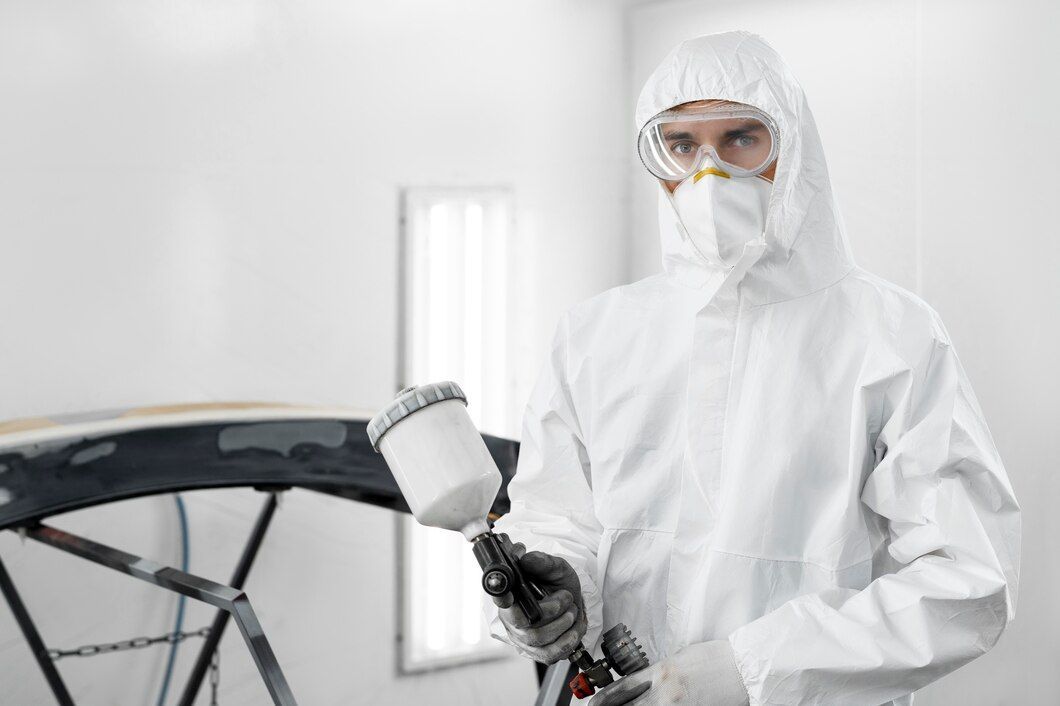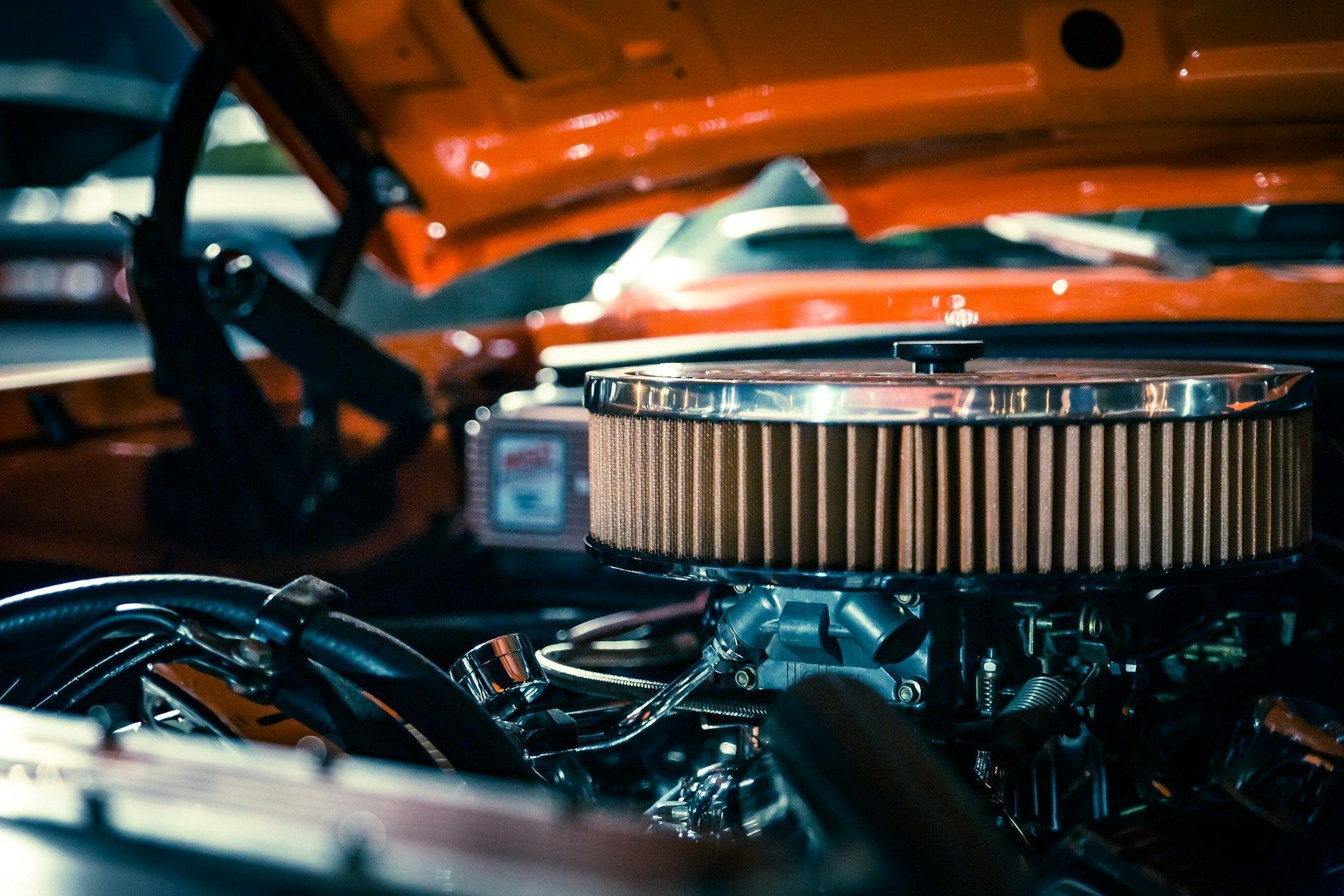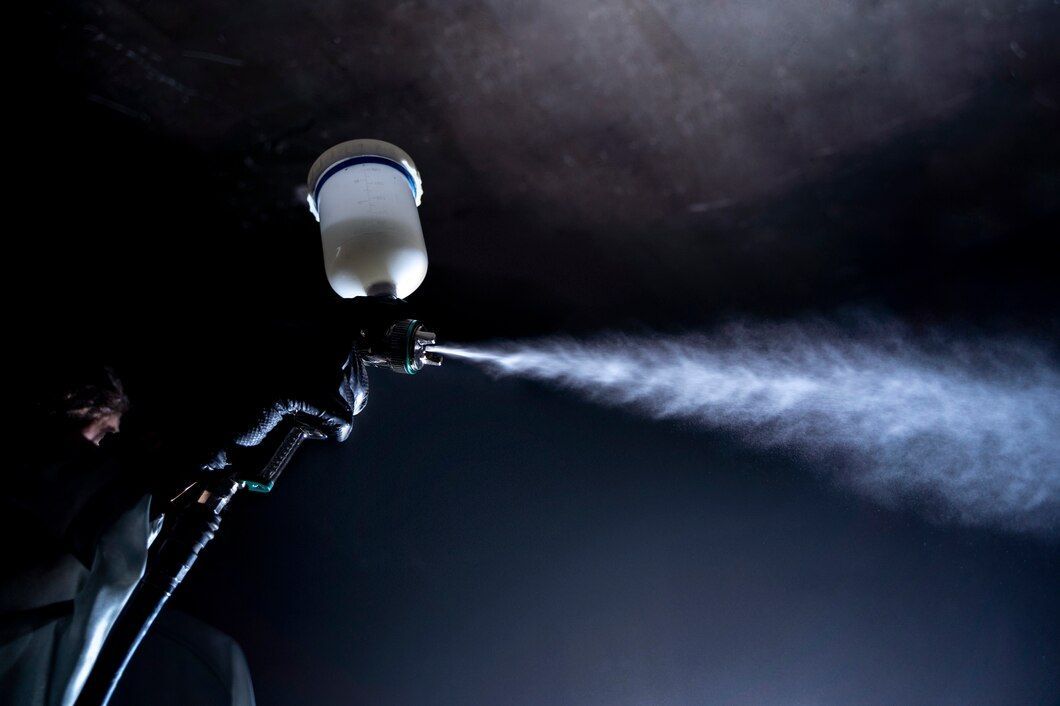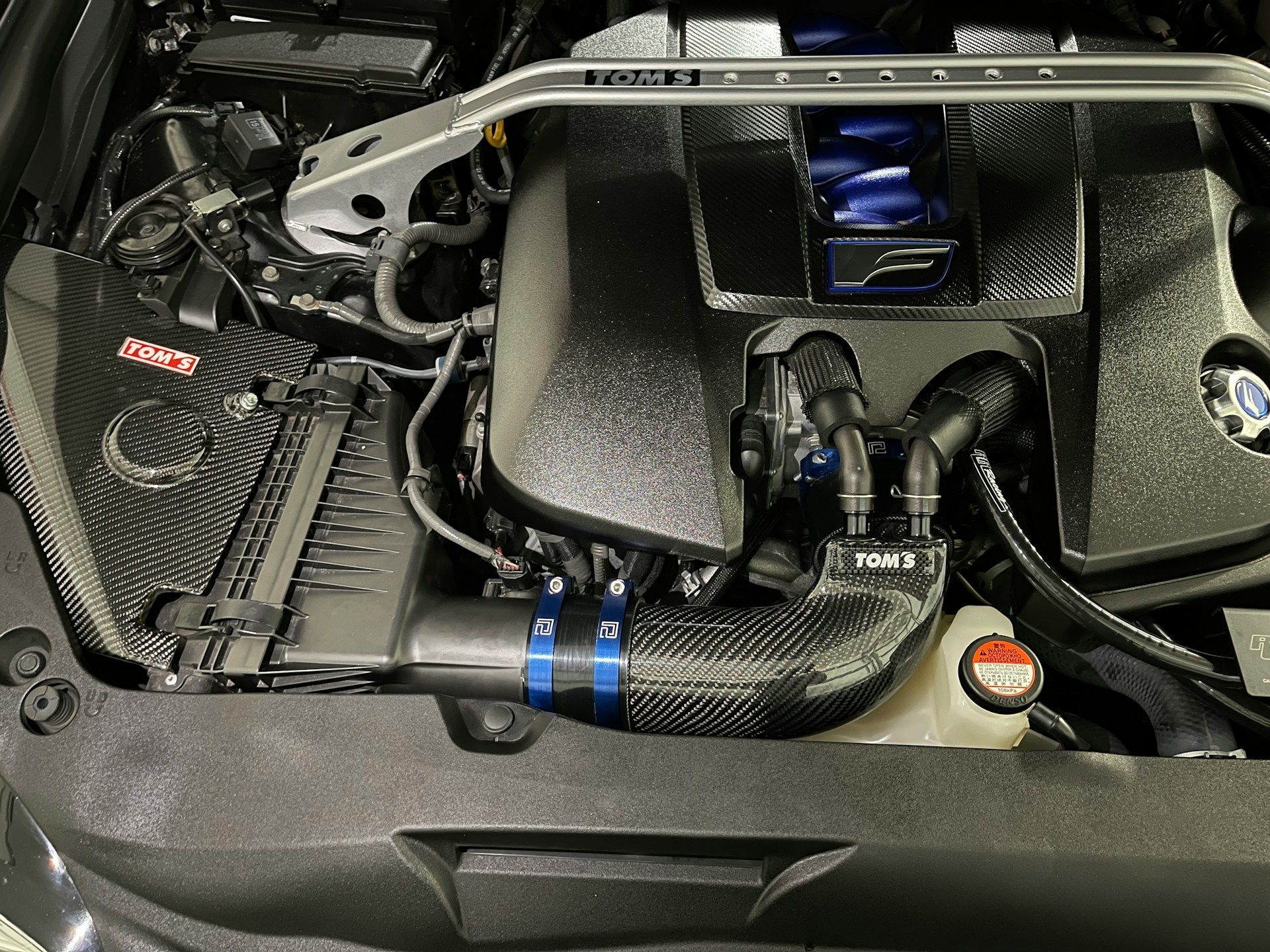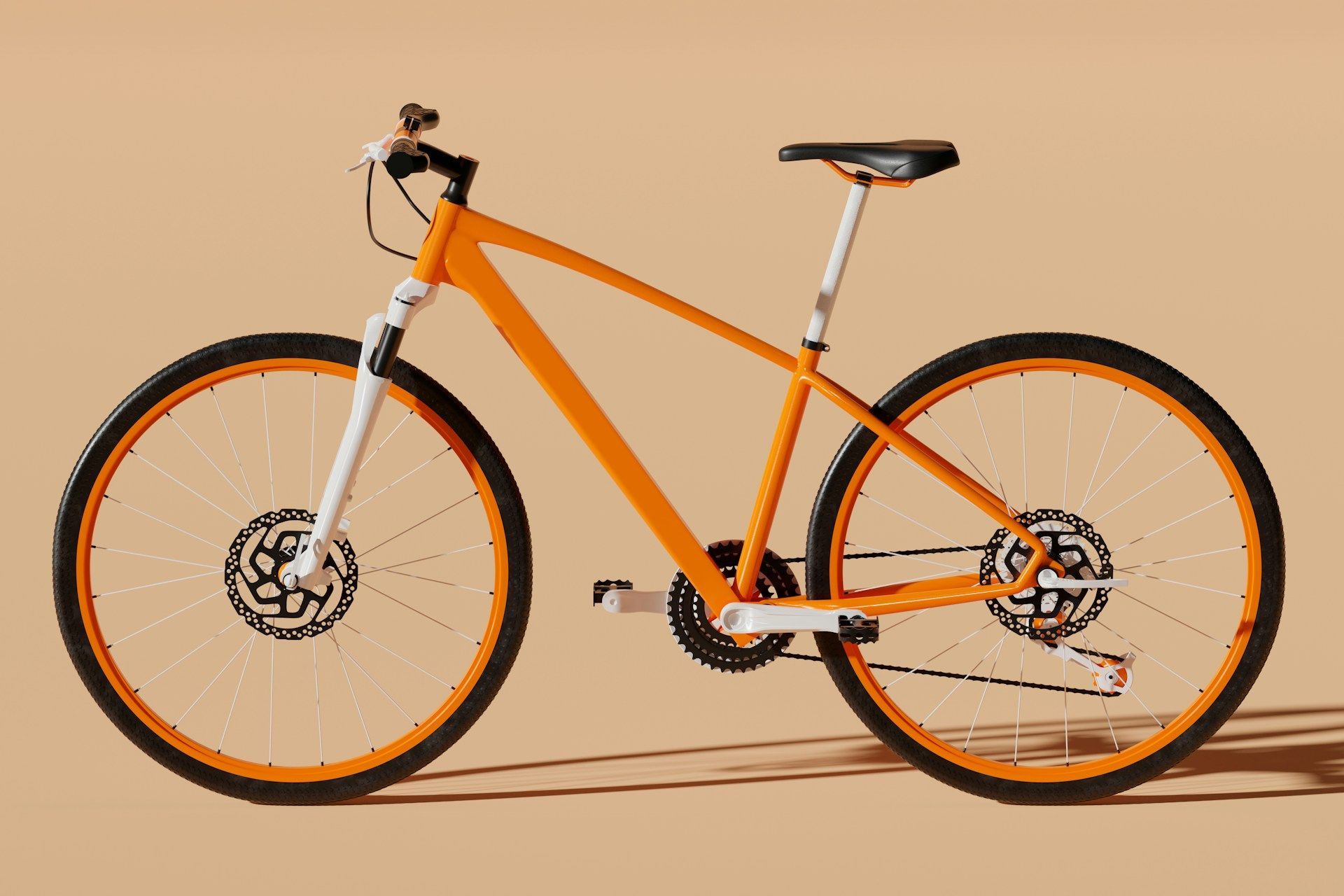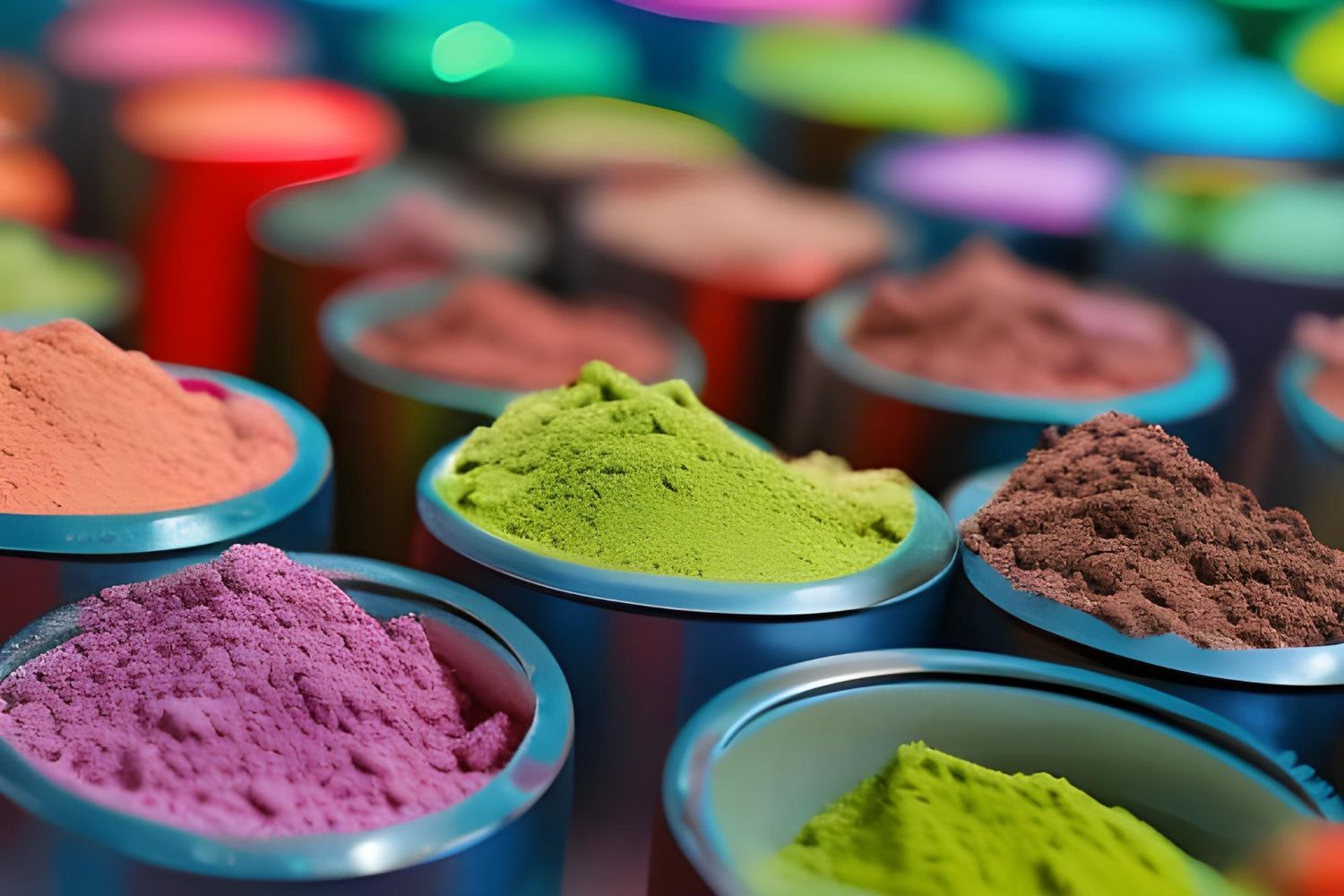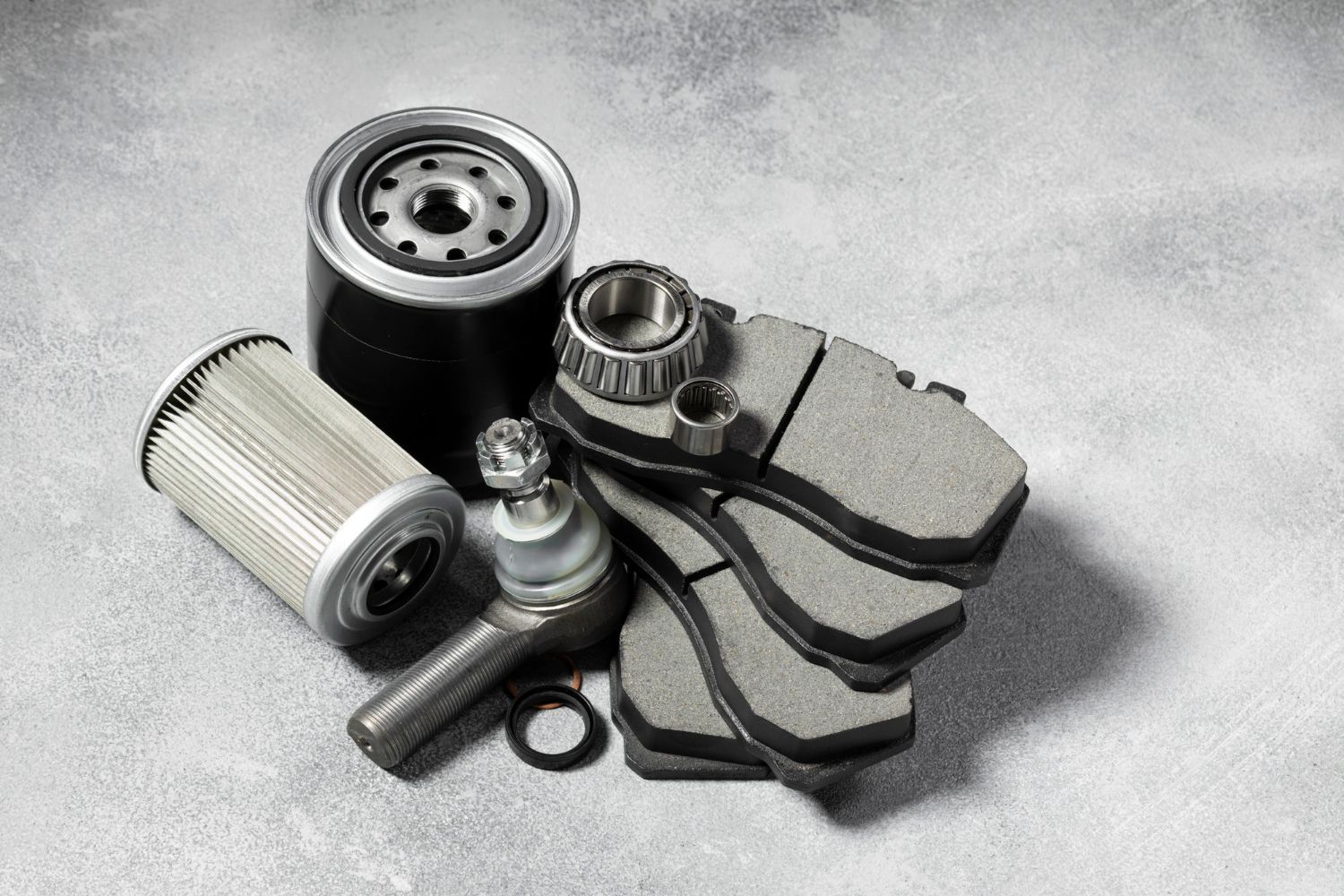Why You Should Choose Powder Coating for Your Automotive Components
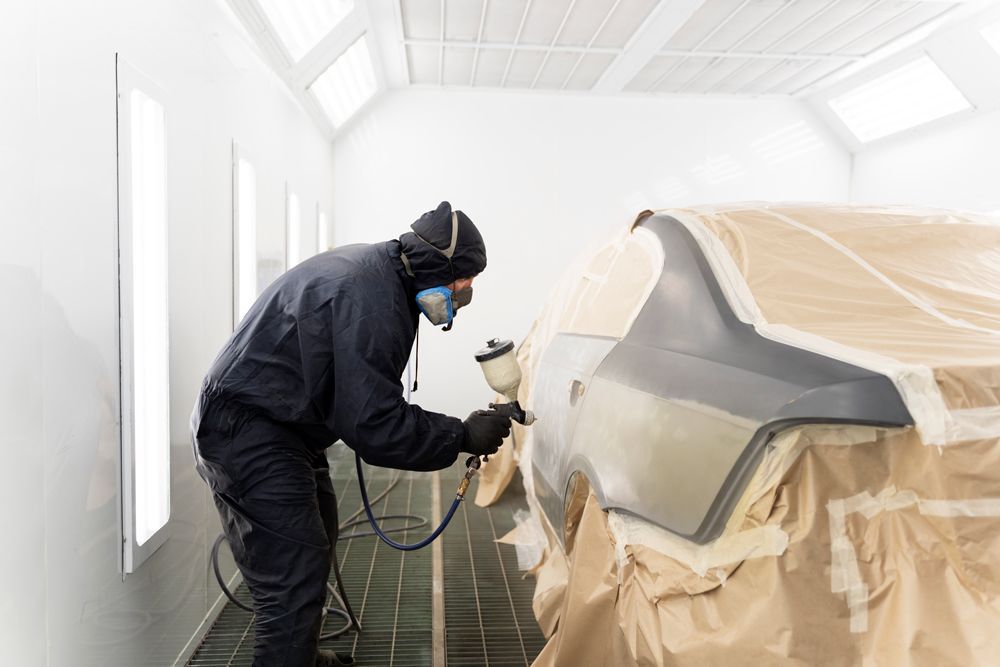
In the dynamic world of automotive manufacturing, the quest for increased performance, longevity, and aesthetic appeal is perpetual. One method that has proven particularly effective in this pursuit is powder coating—a technique that not only enhances the visual allure of automotive components, but also boosts their durability and resistance to harsh conditions.
So, this guide is designed to provide an in-depth exploration of powder coating, its application in the automotive industry, and the numerous benefits it offers. We'll delve into the science behind this process, examine its role in enhancing the performance and aesthetics of car parts, and even guide you in choosing the right powder coating for your needs.
Whether you're an automotive manufacturer, a car enthusiast, or simply interested in understanding the intricacies of this process, this guide will serve as your one-stop resource for all things related to powder coating. So, fasten your seat belts and get ready for an enlightening journey into the world of powder-coated automotive components.
1. The Benefits of Powder Coating for Automotive Components: Performance Meets Aesthetics
Powder coating brings a host of advantages to the automotive industry, making it an attractive alternative to traditional paint and other finishing methods. Some of the key benefits include:
- Enhanced durability: Powder coatings offer superior resistance against chipping, scratching, and corrosion, ensuring improved longevity and reduced maintenance needs for automotive components.
- Environmental friendliness: By emitting fewer volatile organic compounds (VOCs) and generating less waste compared to liquid paint, powder coating is a more environmentally responsible choice for the automotive industry.
- Customizable finishes: With a wide range of colors, textures, and finishes available, powder coating allows automotive manufacturers, aftermarket shops, and automobile enthusiasts to achieve unique, customized appearances for their vehicles.
- Improved thermal resistance: Certain powder coatings can resist high temperatures, making them suitable for components exposed to extreme heat, such as engine parts and exhaust systems.
2. Common Automotive Applications of Powder Coating: Driving Versatility
Powder coating is exceptionally versatile, making it suitable for a vast array of automotive components and surfaces:
- Wheels and rims: Powder coating improves the appearance, durability, and corrosion resistance of wheels and rims, making them more resilient against harsh road conditions and environmental factors.
- Engine parts: High-temperature resistant powder coatings can be applied to engine components, ensuring protection against heat, chemicals, and wear.
- Vehicle frames and chassis: Powder-coated finishes provide a durable, long-lasting barrier against corrosion, rust, and damage for vehicle frames and chassis, increasing overall structural integrity.
- Interior components: From dashboards to door handles, powder coating can be used to enhance the appearance and durability of a variety of interior automotive parts.
- Suspension and brake components: Boosting corrosion resistance and aesthetics, powder coating is a popular choice for suspension and brake parts, promoting performance and longevity.
3. Customizing Powder Coating Solutions for the Automotive Industry: Endless Possibilities
Powder coating offers numerous options for customization, catering to the unique demands of automotive projects. Consider the following aspects when tailoring your powder coating solution:
- Choosing the right color: Select from a vast range of colors to achieve a cohesive, visually striking appearance or create a contrasting accent for your components.
- Adding texture and finish options: Powder coatings can be tailored to produce various textures such as matte, gloss, metallic, or textured finishes, offering an additional layer of customization.
- Targeted performance enhancements: Specialized powder coatings can be chosen to emphasize certain performance characteristics, such as improved temperature resistance, conductivity, or chemical resistance.
4. Key Considerations for Selecting Powder Coatings for Automotive Projects: Making the Right Call
When selecting the most suitable powder coating solution for your automotive needs, consider the following factors:
- Determine performance requirements: Assess the specific performance needs of your individual components, considering factors like corrosion resistance, temperature resistance, mechanical stress, and chemical exposure.
- Evaluate the desired appearance: Identify the intended aesthetic, including factors such as color, finish, and texture. Powder coatings can be customized to meet a wide range of visual preferences.
- Consider preparatory steps: Ensure that surfaces are properly prepared prior to powder coating, including cleaning, degreasing, and other necessary pretreatments. Proper surface preparation is key to achieving exceptional results.
- Select a reputable powder coating provider: Partner with a trusted powder coating professional like Coast 2 Coast Powder Coating, who can guarantee top-tier service, guidance, and results for your automotive project.
The Advantages of Powder Coating for Modern Automotive Design
Powder coating services from Coast 2 Coast Powder Coating offer versatile and customizable solutions for enhancing both the performance and appearance of automotive components. By understanding the numerous benefits and applications of powder coatings in the automotive industry, as well as the essential factors to consider when selecting a solution, you are equipped to make well-informed choices for your automotive projects.
Trust in the expertise and dedication of Coast 2 Coast Powder Coating to provide exceptional finishes that exceed your performance and visual expectations. Reach out to us today to explore our
custom powder coating services in Marlboro, NJ!

